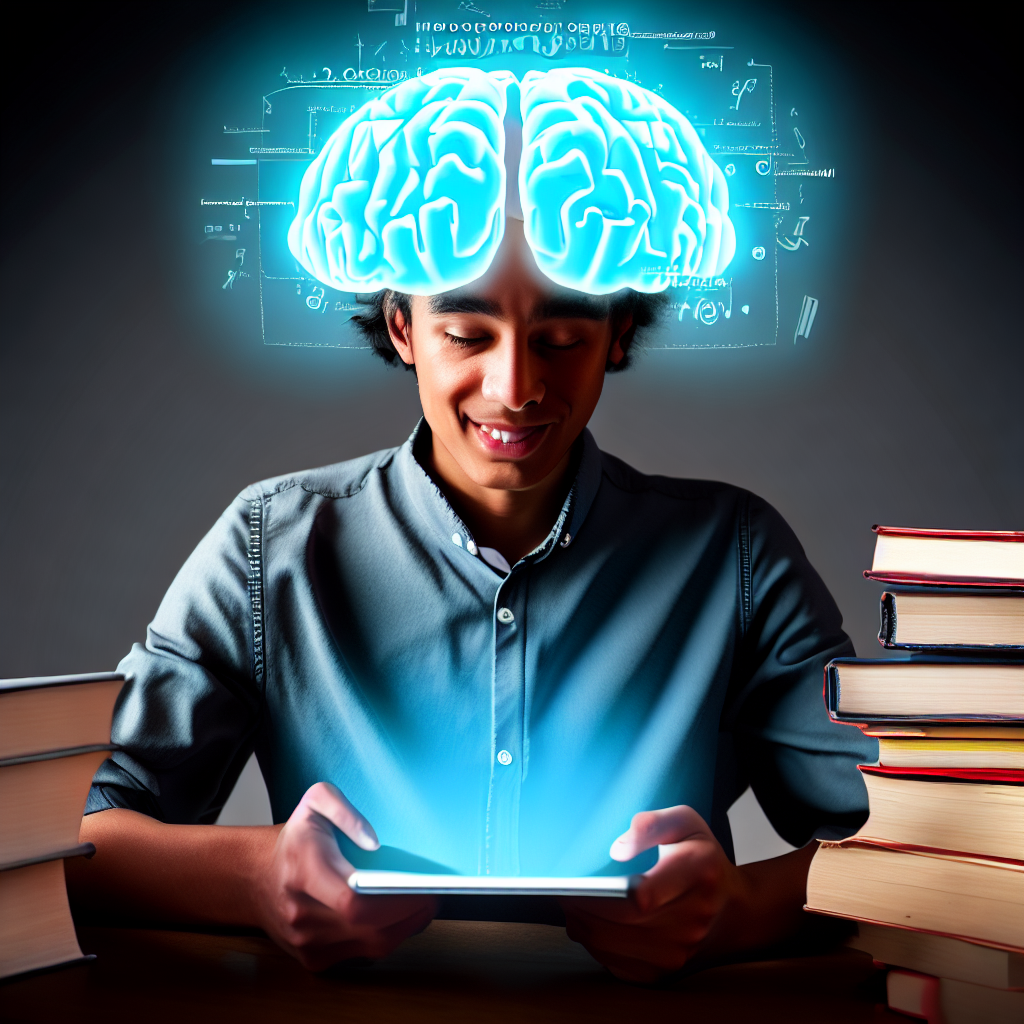Adapting to the Winds of Change: The Imperative for Transformative Education in a Rapidly Evolving World
Education has always been a cornerstone of human development, enabling individuals to acquire knowledge, skills, and perspectives necessary for personal growth and societal progress. Over the years, traditional methods of teaching and learning have served their purpose, but the rapid advancements in technology and changing demands of the 21st century call for innovative approaches to education. Augmented reality (AR), virtual reality (VR), interactivity, and video have emerged as powerful tools that can revolutionize the learning experience, making it more engaging, immersive, and effective. In this blog, we explore the significance of these technologies in education and back our discussion with relevant data.
- Augmented Reality (AR) in Education: AR overlays digital information in the real world, enhancing the learning environment and providing interactive experiences. According to a report by Global Market Insights, the global market for AR in education is projected to reach $12 billion by 2027, indicating the growing interest and potential impact of this technology. AR can:
a) Improve comprehension: AR allows students to visualize complex concepts, making abstract ideas more tangible and understandable.
b) Enhance engagement: Interactive AR experiences captivate students’ attention and encourage active participation, leading to increased motivation and retention.
c) Support practical learning: AR simulations provide hands-on training in various fields, from science experiments to medical procedures, offering safe and cost-effective alternatives to real-life scenarios.
- Virtual Reality (VR) in Education: VR creates immersive virtual environments that simulate real-world experiences, opening up endless possibilities for education. The VR market in education is expected to exceed $700 million by 2025, according to a report by Research and Markets. The benefits of VR in education include:
a) Experiential learning: VR enables students to explore historical events, visit far-off places, and engage in realistic simulations, fostering experiential learning and deep understanding.
b) Empathy building: VR experiences can help develop empathy by placing students in the shoes of others, exposing them to diverse perspectives and promoting compassion.
c) Specialized training: VR offers training opportunities in fields like aviation, engineering, and healthcare, allowing students to practice skills in a safe and controlled environment.
- Interactivity and Video in Education: Interactivity and video-based content are integral components of modern education. According to Cisco, video will account for 82% of internet traffic by 2022. Here’s how interactivity and video benefit education:
a) Personalized learning: Interactive platforms and adaptive learning systems enable personalized instruction, tailoring content to students’ individual needs and learning styles.
b) Collaboration and communication: Interactive tools and video conferencing platforms facilitate collaboration among students, regardless of their physical locations, promoting teamwork and communication skills.
c) Accessibility and inclusivity: Video-based content and interactive platforms provide equal access to education for students with disabilities or those in remote areas, breaking down geographical and physical barriers.
Conclusion: The integration of AR, VR, interactivity, and video in education marks a significant shift toward a more engaging, immersive, and inclusive learning experience. The data and trends presented here demonstrate the growing adoption and potential impact of these technologies. By harnessing the power of AR and VR, educators can transform abstract concepts into concrete experiences, fostering deeper understanding and knowledge retention. Interactivity and video-based content empower students to take an active role in their learning, promoting collaboration, personalization, and accessibility. As we embrace innovation in education, we equip students with the skills and competencies they need to thrive in the dynamic world of tomorrow.

